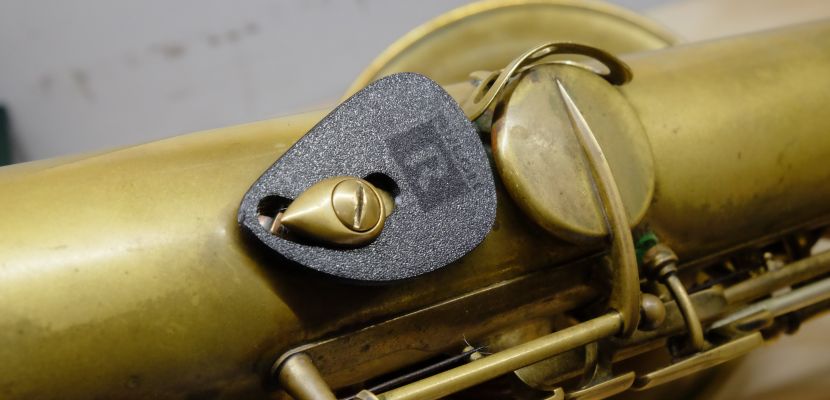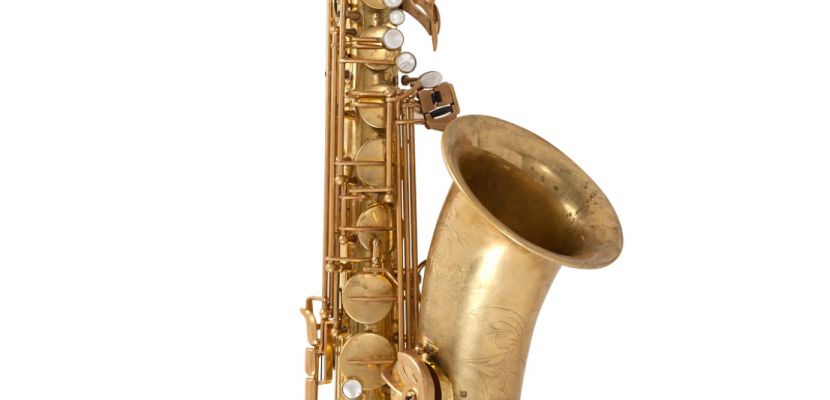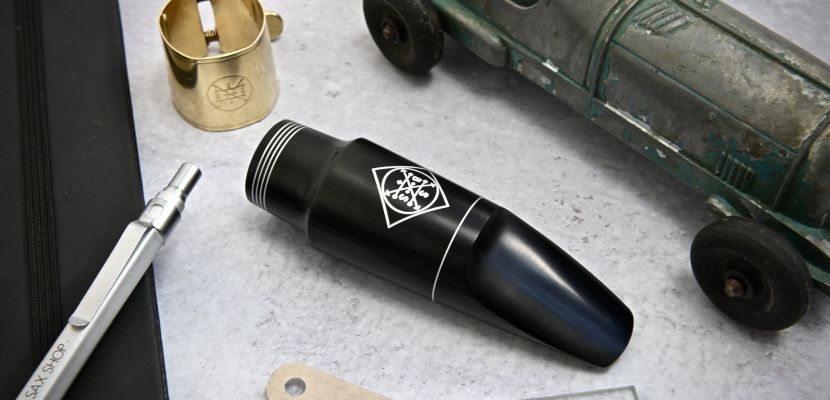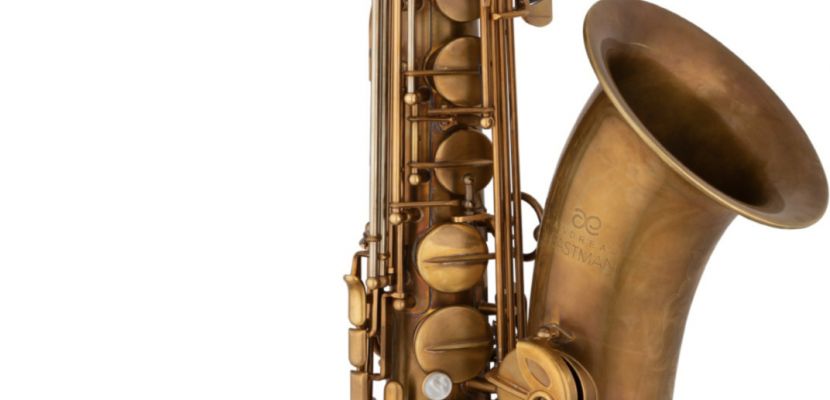All about that Bass (sax)
So you are thinking about making yourself a little more awesome by buying a Bass Sax are you?
Well the first thing I have to say is, "Congratulations, you obviously have very good taste and clearly you're as wise as you are good looking."
However, what practical advice can I give you as someone who is a long time owner (and also I'm very proud to say lover) of my very own bass sax?
Up until fairly recently your options were very limited in terms of what kind of bass sax you could get your hands on. The bulk of bass saxophones that were available were made about 100 years ago in the The United States. If you were lucky enough to find one it would probably set you back between £8-10k and likely need a fair bit of work done to get it playing properly. Even after you get it in tip top condition the vintage American bass saxophones are still very challenging instruments to play both in terms of ergonomics and ability to create a consistent sound out of them (notoriously difficult to play a middle D without the A harmonic above popping out instead).
The only other options were modern bass saxophones made in Europe, of which there are only a few manufacturers. For a long time only the two:
Keilwerth, who make bass saxophones in the same style as the vintage American bass saxophones (known as the long wrap design), and Selmer, who make their own design of bass saxophones (known as the short wrap design).
In recent years another European manufacturer called Benedikt Eppelsheim has also begun making bass saxophones which are a completely different design again (and very highly rated although I’ve not had a chance to play one personally). Benedikt Eppelsheim is also the inventor of the Tubax instrument which I have had a chance to play and they are great but are not strictly speaking saxophones, nor do they sound like a saxophone, they are a bit more like a massive metal clarinet/sax hybrid.
All of these modern bass saxophones will set you back anywhere between £14-20k and you may have to wait in excess of one year between placing an order for your new instrument and actually receiving it. So up until recently bass saxophones have only been for the mad and the mega rich.
But wait! Before you give up on the idea, bass saxophones are now for the mad and not so mega rich too! There have been a couple different factories in China making bass saxophones for the last few years. One is a copy of the vintage American style long wrap bass and the other is a copy of the Selmer style short wrap bass, and both can be got from less than £4k.
Personally I’ve played both Chinese designs of bass sax and my advice is, don’t touch the long wrap style with a barge pole, but the short wrap Chinese bass sax is fantastic, and is only the cost of a mid range baritone sax. We at Headwind Music think it’s such a great sax we sell it under our own brand name Zetland, check it out here
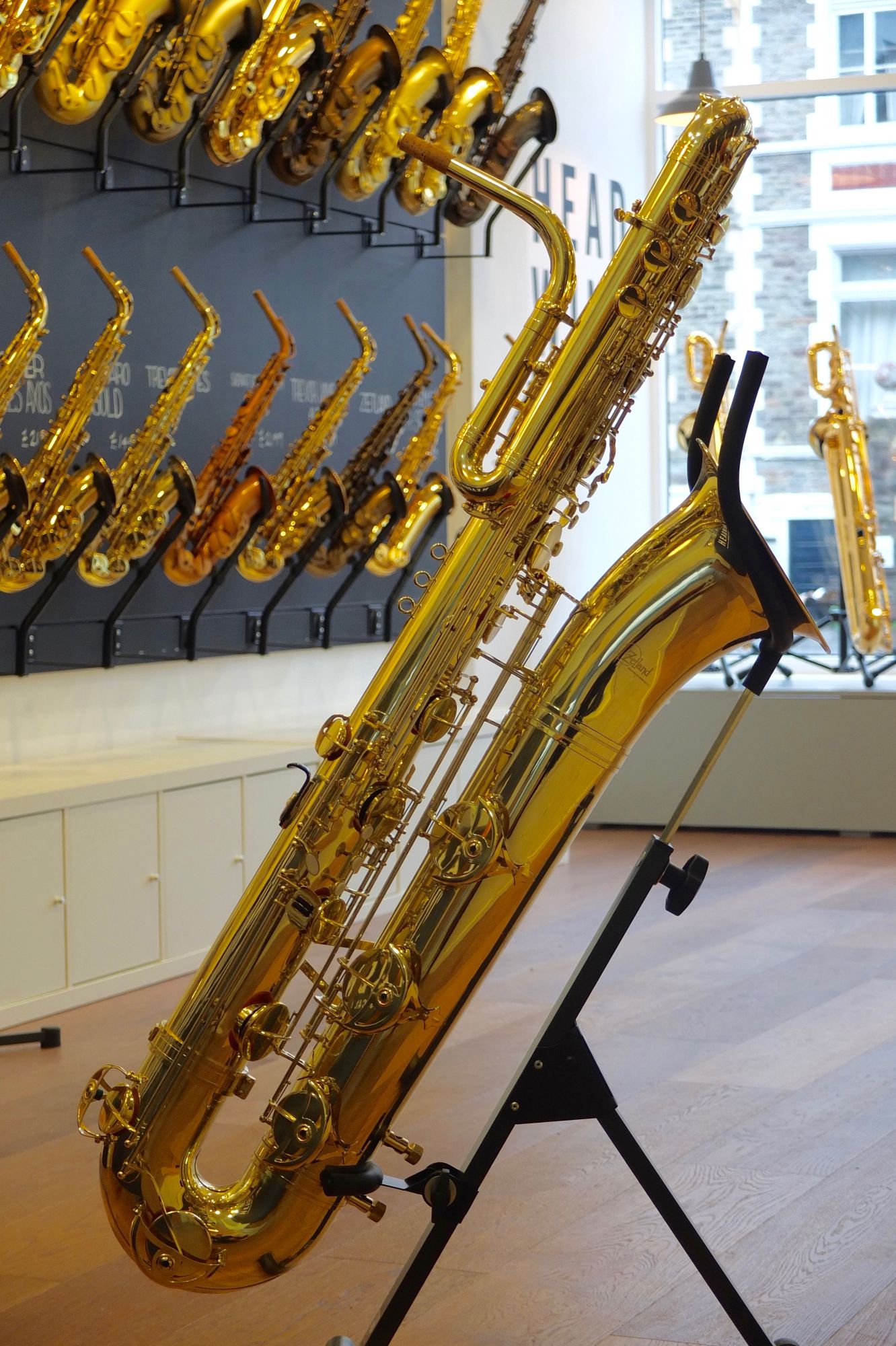
So now you own a bass sax, what next? Well there are a few things you should know, and not just how to drive a car (on a side note, I have taken my bass sax to a gig in London once on the tube. It was do-able, but definitely emotional enough that I got a taxi home).
Theres lots of geeky things to talk about bass saxophones but I’m going to focus on 2 things for now: mouthpieces, and how to handle the weight!
So, mouthpieces first. Although our Zetland Bass Sax does come with a mouthpiece from the factory, I would certainly recommend throwing it into the closest available bin and investing in something that will make your bass sax sing the way it’s supposed to. There are only a handful of manufacturers making bass sax mouthpieces, and the big 3 are the Selmer S80 mouthpiece, the Vandoren V5 mouthpiece and the JodyJazz DV bass sax mouthpiece (all of which are available to order from Headwind Music I should add, along with an Ed Pillinger bass sax mouthpiece handmade in west London!).
Personally I play the JodyJazz mouthpiece and I can’t recommend it highly enough, although it is a considerable extra expense at £500 added onto your instrument. For those of you who can’t splash out an extra £500 and who wouldn’t really consider playing an S80 or V5 mouthpiece on any other saxophone (so why would you want one on your bass?) what options are there left? Well you may be interested to know that all 3 of the mouthpieces I’ve mentioned above, are basically the same as their baritone saxophone counterpart, except they’ve just been carved out a little bit more making their chambers bigger… interesting huh!
So that means in theory, you could fit a baritone mouthpiece onto a bass sax, right?
Right! But, not all baritone mouthpieces will work and there is some stuff you should know. If you want to use a baritone mouthpiece with your bass sax it will respond best to baritone mouthpieces that have as large a chamber as possible and as wide a tip opening as possible. For a long time I used an 8* Metal Otto Link mouthpiece on my bass before I splashed out on the JodyJazz mouthpiece and it worked absolutely fine for me. The problem with using a baritone mouthpiece is that you may have more tuning issues to compensate for between the top and the bottom of the instrument, and you may have to use softer reeds than you want to (you can use baritone reeds though!!) It’s worth trying a few things out and seeing how you go. Another option is getting an Ed Pillinger bass sax mouthpiece. They are not as expensive as the JodyJazz and will be a warmer darker sound than the JodyJazz, which is quite a bright powerful sounding mouthpiece, come to think of it, we have a Pillinger baritone mouthpiece that arrived to our store in Bristol the other day that I still need to have a go on….. hhhmmmmmmm…..
Next,
how do you hold a Bass saxophone?! That thing has to be mad heavy
Well, firstly I wouldn’t recommend a standard neck strap if you still want your head to be connected to your body at the end of a gig. I use a harness and the 2 types I would recommend trying are the Vandoren universal harness and the Jazzlab saxholder (although I actually use one from a company called Ergonomic Systems, it’s OK but I’m on the look out for a change). Both are great but there is personal taste to take into account and of course a price difference. When I first got my bass sax, even with a harness I couldn’t play it for more than about 30 minutes. What I did was make a little platform from a sawn off microphone stand (surprisingly difficult to get through with a slightly blunted hacksaw), a wooden grand piano caster cup, a speaker stand and a rubber neotech tenor sax mute. It was a bit of a faff but it worked wonders (if you call up the shop and ask nicely I may even give you the blueprints). Although this was a lifesaver for me for a long time, I highly recommend working your way off it eventually because (as I covered in my last blog post) resting the bottom of the saxophone on a platform definitely deadened the sound of the instrument. One other useful thing to mention is that our Zetland bass sax comes with a peg so you can play it sitting down for practices or sit down gigs which is pretty awesome. Other than that… find a good chiropractor or take up yoga...
So I could go on for ages about owning a bass sax, including how awful all the cases are, how excellent the saxrax stand is, how to sweeten up your neighbours before and after practice and how many reeds I had to go through before I found something that worked (urgh… cane reeds vs synthetic… boring!).
But all I really have to say is, owning a bass saxophone is excellent and once you start playing bass sax you’ll wonder what the point of playing any other saxophone is. If you don’t believe me just come and try it for yourself in our little shop on Zetland road… go on, I dare ya!
To hear Ben playing the Bass Saxophone amongst some other noisy instruments check out his afrobeat band 'No Go Stop' here: http://nogostop.co.uk/
To browse our range of saxophones & mouthpieces, come and visit our showroom at 19 Zetland Rd, Brisol, BS6 7AH or call us on 0117 907 0493


